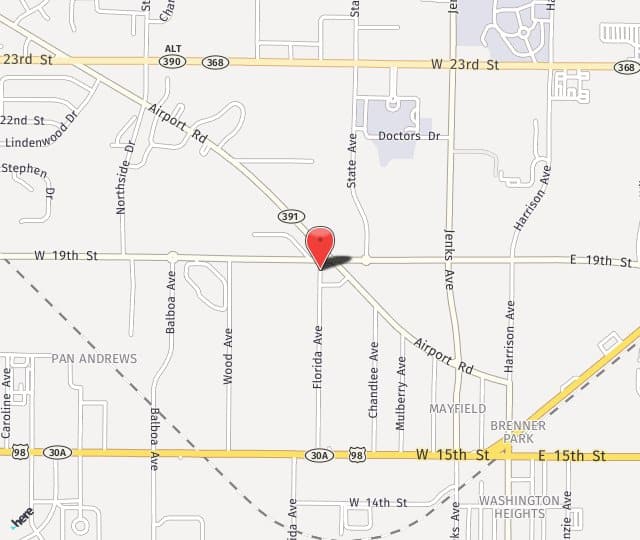An aneurysm is a localized, balloon-like expansion in a blood vessel caused by weak vessel walls. The aorta is the artery that carries oxygen-rich blood from the heart to the legs. When a bulge occurs in the abdominal section of the aorta, between the diaphragm and the legs, it is called an abdominal aortic aneurysm. Most aortic aneurysms occur in the abdomen, and most abdominal aortic aneurysms occur beneath the kidneys and may continue into the iliac, or leg, arteries.
Causes of Abdominal Aortic Aneurysm
Atherosclerosis, the narrowing of arteries due to fatty tissue accumulation, weakens vessel walls and is responsible for about 80 percent of aortic aneurysms. Other causes include:
- Congenital deformity
- Blood vessel injury
- Hypertension
- Inflammation due to disease
- Advanced syphilis
- Fungal infection
Men are more likely than women to develop abdominal aortic aneurysms. Being over the age of 60 also increases one‘s chances of developing abdominal aortic aneurysms.
Symptoms of Abdominal Aortic Aneurysm
Abdominal aortic aneurysms may occur with no warning signs. Possible symptoms include:
- Deep abdominal or lower back pain
- Pulsing sensation in the abdomen
- Pallor, rapid pulse, dry skin or mouth
- Excessive thirst
- Anxiety
- Nausea and vomiting
- Light-headedness or fainting with upright posture
- Sweating, clammy skin
- Fatigue
- Palpitations or tachycardia
- Impaired concentration and shock.
Abdominal aortic aneurysms may be detected by manual examination by a physician, X-rays, ultrasound, CT scans, MR imaging and aortography.
Treatment of Abdominal Aortic Aneurysm
Surgery is recommended for arteries at great risk for rupture: those over six centimeters wide, and those four to six centimeters wide in patients otherwise in good health. Surgery is performed immediately on arteries that threaten imminent rupture or have already ruptured, although success is far less likely once the vessel has burst.
While an abdominal aortic aneurysm presents a grave danger, when it is repaired before rupture the prognosis is quite good. Recovery from the surgery, however, may take several months.
Traditional surgery involves making an incision to open the abdomen, then removing the aneurysm and replacing the excised vessel piece with a synthetic tube. Minimally invasive laparoscopic techniques require only small incisions, typically made in the femoral artery in the thigh, through which a thin tube with a camera is inserted so the surgeon can see inside the patient‘s body without the need for open surgery.
Risks of Abdominal Aortic Aneurysm
The weakened, bulging vessel walls are susceptible to rupture, a catastrophic event which causes severe bleeding and pain and is often fatal. Half of all untreated abdominal aortic aneurysms end in rupture and death within 5 years. Leakage rather than rupture may occur, causing blood to flow through the inner lining into the vessel wall, known as aortic dissection. Further, blood clots may form in the aneurysm and travel to other arteries, where they may block blood flow. Other complications are infection and blockage of the aorta.


